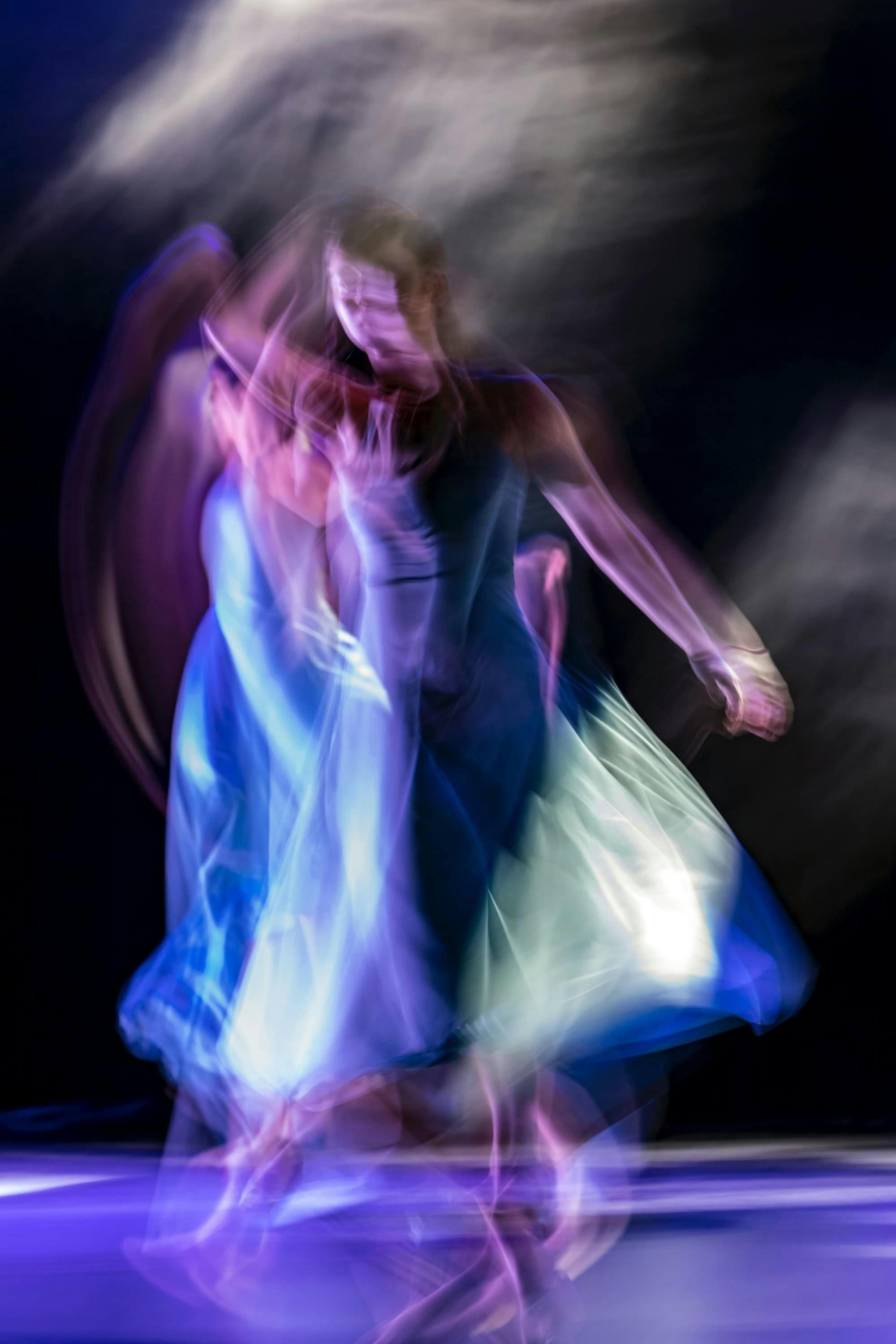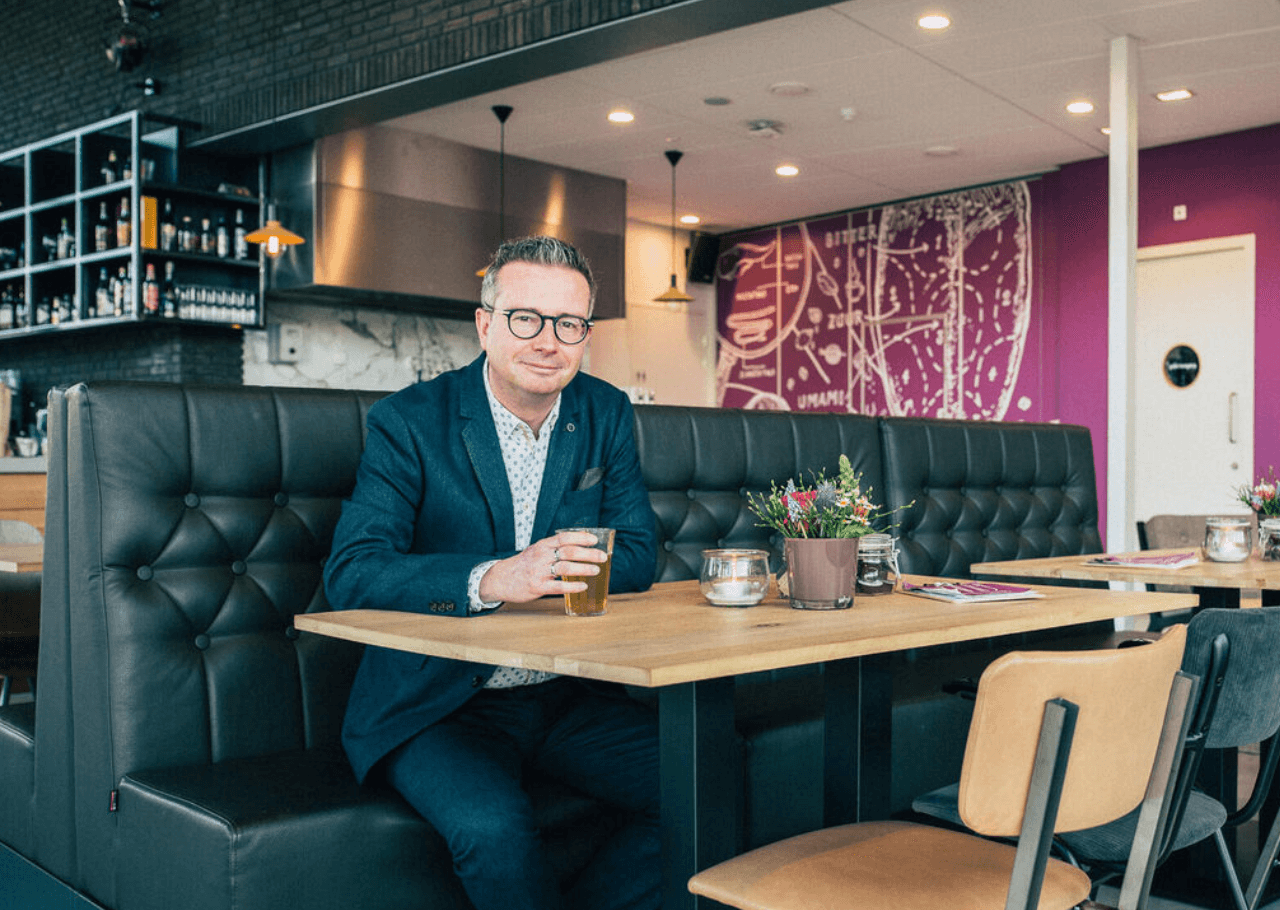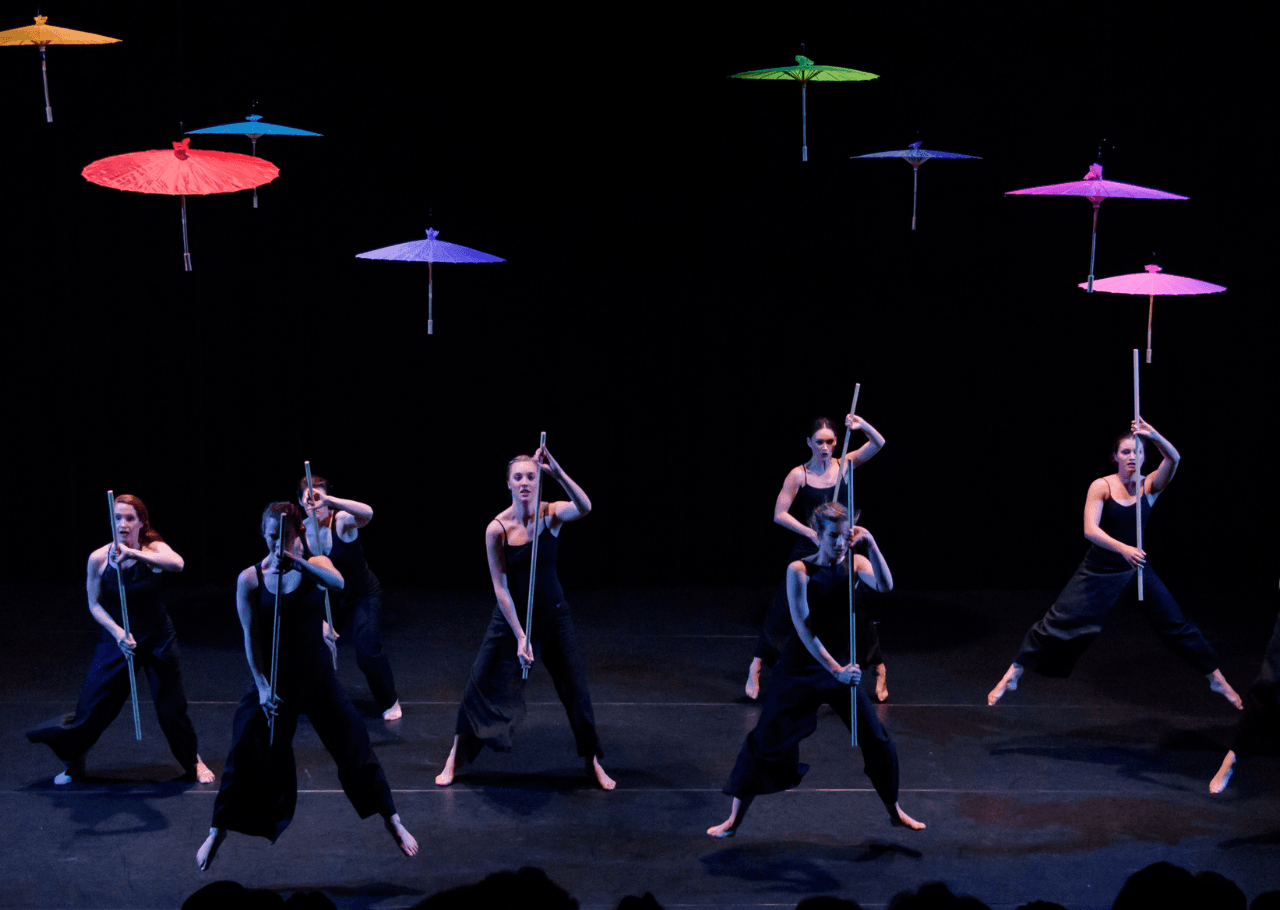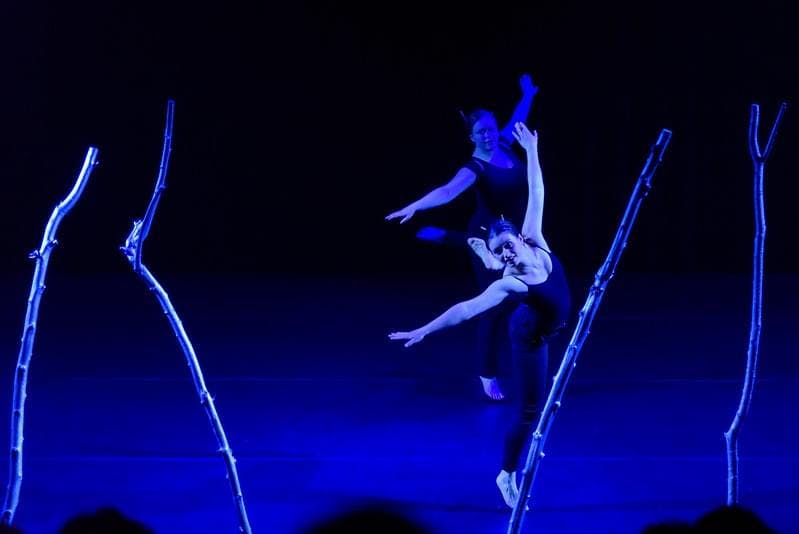
Theatre De Kring: Digital theatre as business model for inclusion
Reaching new target groups with virtual performances: that’s what Theatre De Kring likes to do. Visitors can watch high quality theatre recordings from home. DEN director Maaike Verberk spoke to Jan-Hein Sloesen, director of De Kring, about embracing this digital innovation for inclusion. He tells us how his organisation managed to do this and the audience’s response.
When Jan-Hein Sloesen was first appointed as Director/Board Member of De Kring in Roosendaal, inclusion was a relatively new concept. “Our objective was to increase participation and accessibility for everyone and our main reason for going digital was to achieve more diversity and inclusion,” says Jan-Hein.
A digital strategy for inclusion
It all started with the partnership with Theaterwerkplaats (Theatre studio) Tiuri. This is a place for people with a cognitive or other impairment. De Kring had an empty hall available that Tiuri wanted to use for their performances. This partnership was created through an application to the Fonds Cultuurparticipatie (Cultural Participation Fund) which funds partnerships of organisations that work with people with a physical or mental impairment.

A significant target group
For many people, visiting a theatre poses too much of a challenge. Think of travelling to the theatre, queuing up to get in and the general hustle and bustle. This can be very stressful and tiring for people who have suffered a brain injury, for example. De Kring theatre only became aware of this after talking to someone with a brain disorder acquired later in life.
10% of the population is living with an impairment. How do you engage this target group?
“There’s a lot more we could do for a new audience. We know, for example, that 10% of the population is unable to visit the theatre due to an impairment. This means it’s not only worthwhile with a view to greater inclusion, but also with regard to reaching new audiences for the cultural sector. This is why we decided to bring the theatre into people’s homes.”
What does it take to create virtual performances?
Confidence
First, you need the confidence of performers, colleagues and competitors before you start to invest. Jan-Hein first mentioned his plans long before the corona pandemic: “Very few people supported my ideas. Performers didn’t see the point and some of my fellow theatre directors worried about the competition with local theatres. We eventually agreed that the number of virtual tickets should not exceed the number of physical visits. Today, it is hard to imagine our theatre without digital offerings.”
Space and equipment
Online performances require a different approach to space and direction. This is why Theatre De Kring made two halls available for video recordings. The old control rooms were converted into control rooms for audiovisual recordings with a large number of screens. “We put seven cameras in the large hall and three in the small hall. We can operate all these cameras independently from the control room.”

A recording plan
Theatre De Kring initially opted to offer theatre performances that required less direction via live streaming. This was easier to achieve and allowed them to become familiar with this new way of working. “For example, when streaming dance the direction often has to take place in consultation with the choreographer as they know how the audience should see the performance. This demands a lot of preparation, specialist know-how and skills from our team,” explains Jan-Hein.
A platform or online environment
Theatre De Kring initially opted to offer theatre performances that required less direction via live streaming. This was easier to achieve and allowed them to become familiar with this new way of working. “For example, when streaming dance the direction often has to take place in consultation with the choreographer as they know how the audience should see the performance. This demands a lot of preparation, specialist know-how and skills from our team,” explains Jan-Hein.
Invest in knowledge and further development
“We made substantial investments in proper equipment and training courses for our stage technicians. They already had knowledge of sound equipment and lights but streaming live recordings requires new knowledge and skills.” For example, it is common to use warm light for a physical performance, but daylight looks better on screen. By critically reviewing the results of every step and every recording, you can progress to an online theatre experience that feels more and more like the actual physical experience.
Streaming live recordings requires new knowledge and skills. Invest in proper equipment and training courses.
Jan-Hein gives another example: “We realised that there is a silence between musical pieces when you record them without an audience and broadcast them online. During a live performance, the silences are filled by applause, but when recording in an empty hall it becomes an awkward silence. We now have someone who talks during the brief intervals to tie the different parts together, so that the viewer remains engaged.”
Business model of online performances
Tickets for online recordings are sold for the same price as those for theatre performances, but without the refreshment surcharge. “Our argument: online viewers have the advantage that they can watch the performance together with others for the price of one ticket. We are deliberately not selling the video tickets for less than theatre tickets as we want to avoid the public no longer visiting the theatre.”
Scarcity contributes to the success of this business model. Performances with fewer available seats in the theatre are more popular online. De Kring easily sold 250 video tickets for a show of the comedian Guido Weijers. A Nationale Theater performance also did well in digital sales. Here, too, scarcity played a role, since the Nationale Theater does not tour to every town and city.

Digital innovation provides opportunities for both the audience and product
“This digital offering enables us to reach new target groups and makes us more inclusive. It also enhances our public reputation. We can reach different audiences by providing live streams via various channels such as YouTube, Facebook and our own website. We also serve as an example for other organisations.”
A digital strategy makes you more inclusive. This is becoming increasingly important for organisations that want to retain and increase their audience.
Jan-Hein sees a future for online performances as a new way of experiencing the theatre. This includes a new business model, for which he believes it is time to start making use of the knowledge and expertise of theatres. “The theatres know best what the audience wants to see. I am looking for an interplay between regional demand and an offering that matches this demand. I believe that we, as theatres, can complement the work of theatre producers by sharing our knowledge in the areas of inclusion and audience reach. Digital innovation provides opportunities for both the audience and products.”
This article was produced in partnership with Jan-Hein Sloesen, Director of Theatre De Kring.

